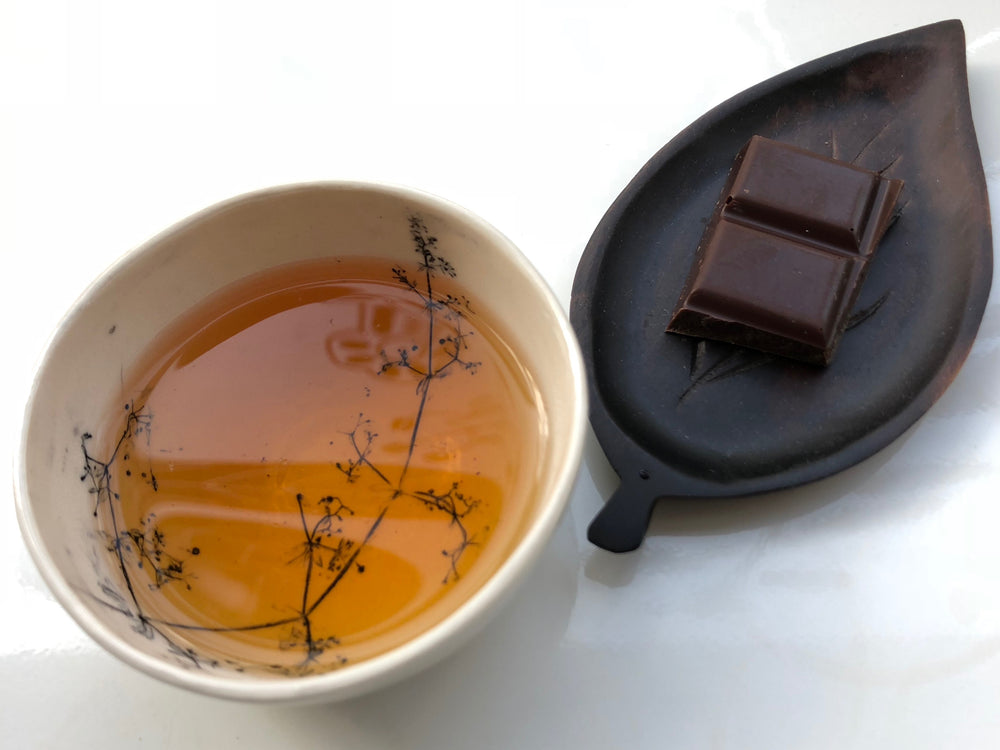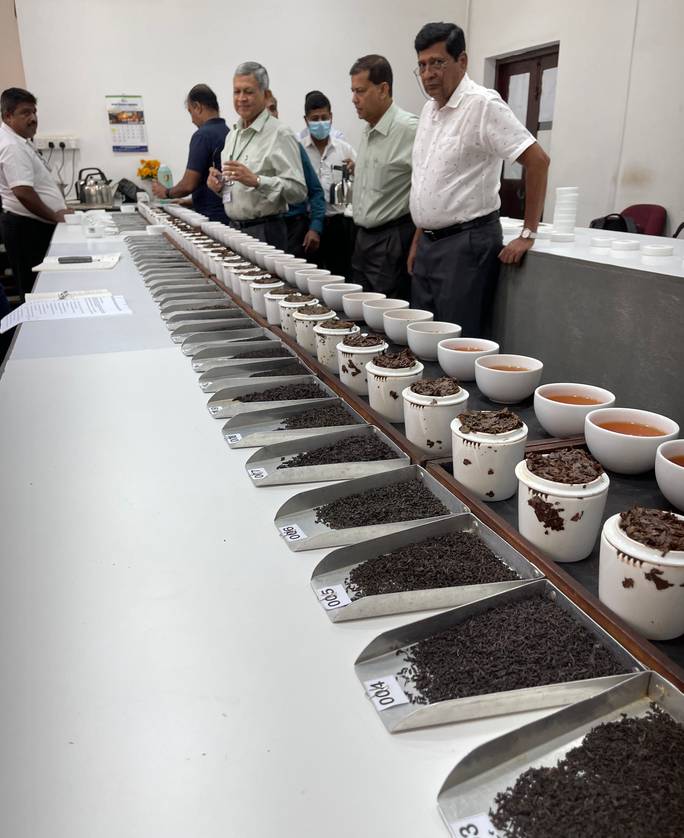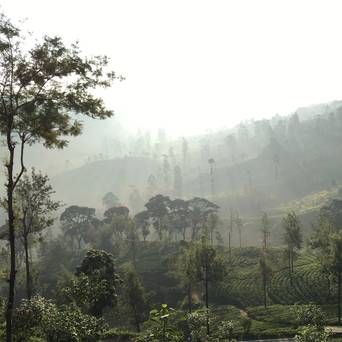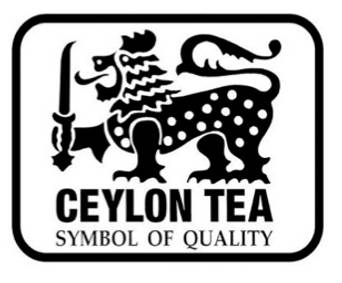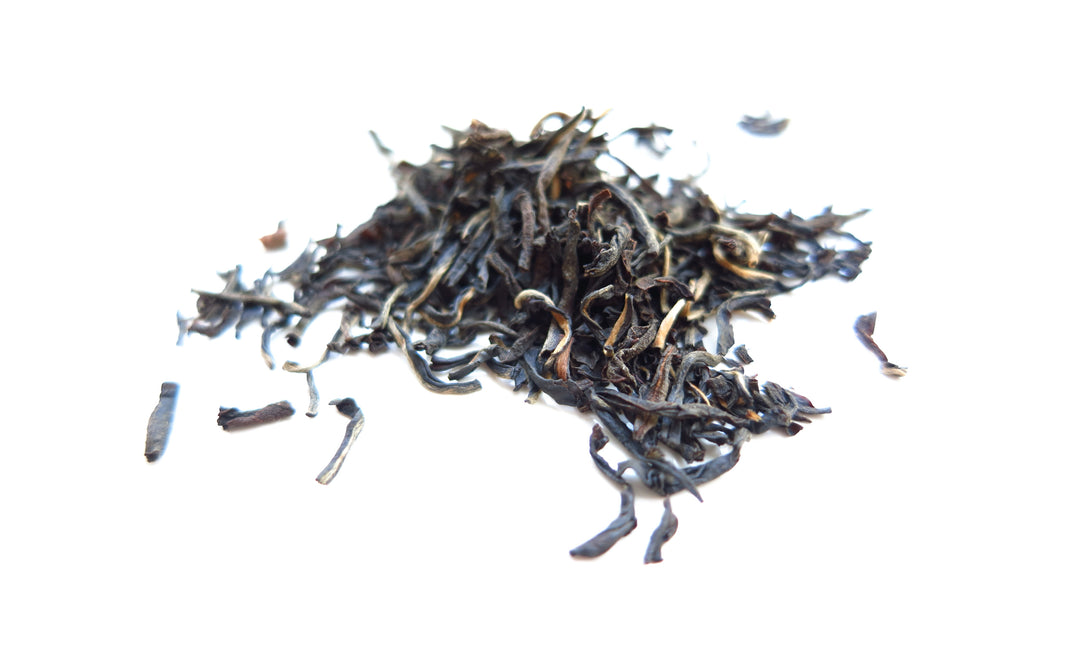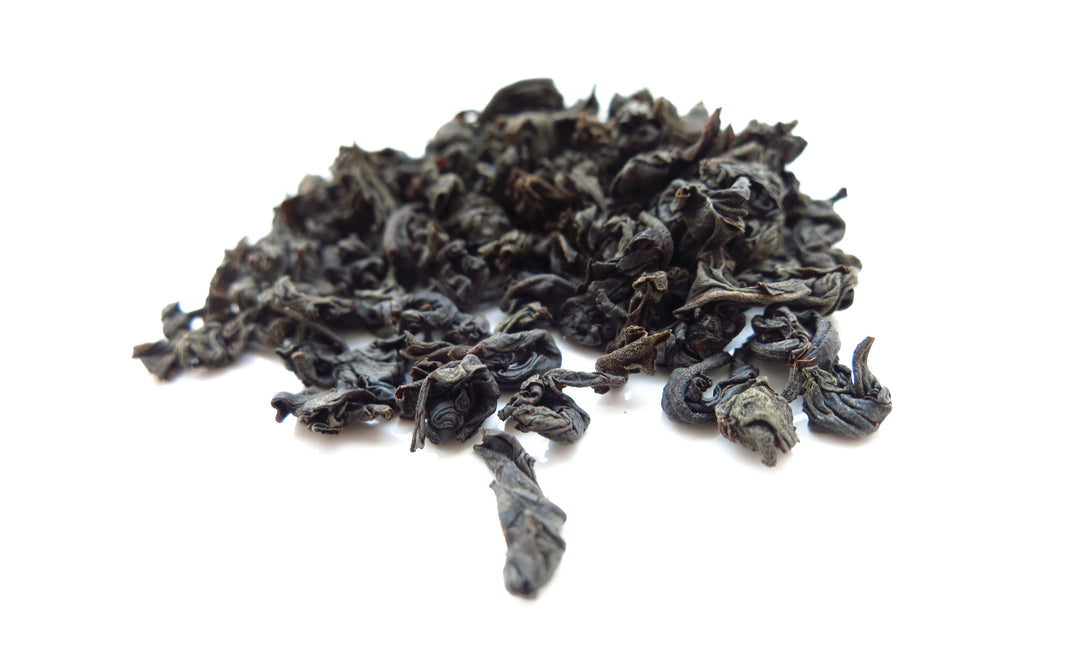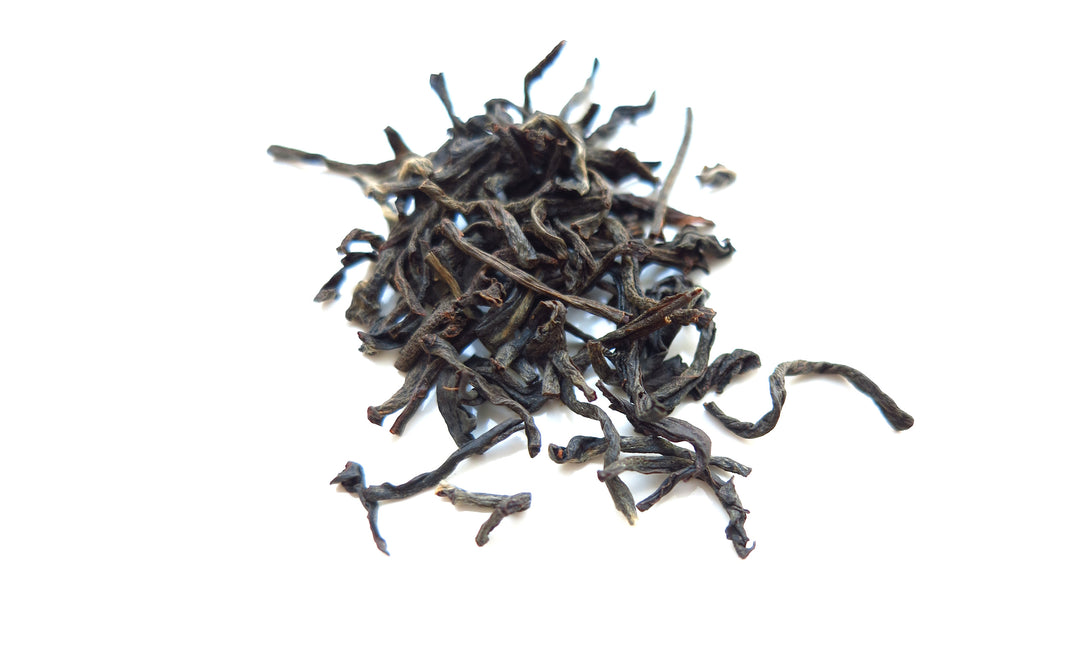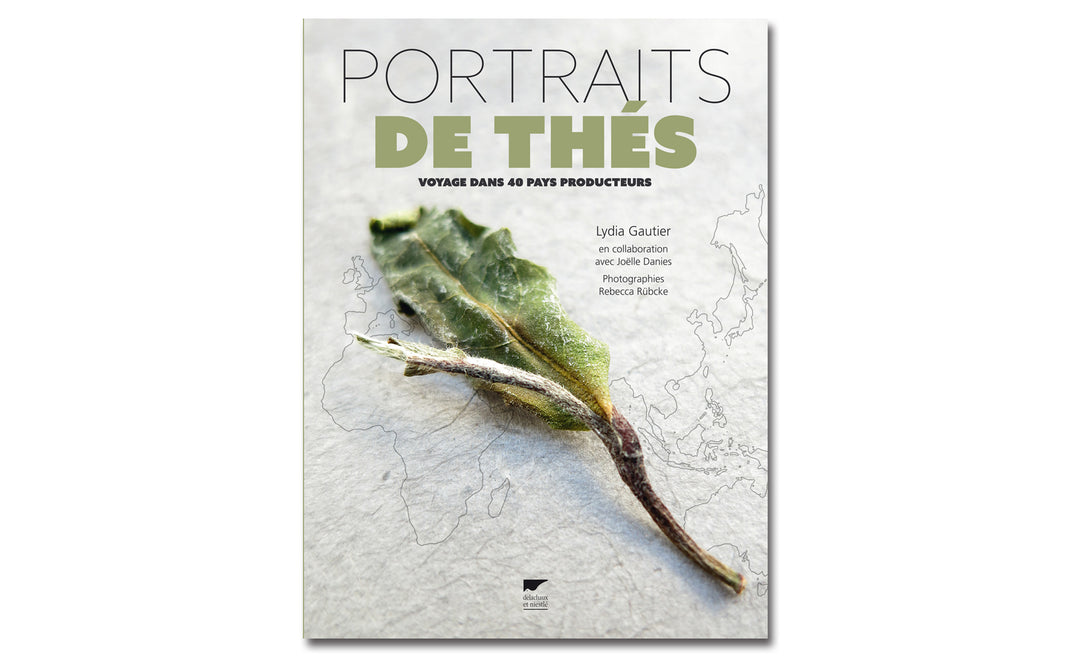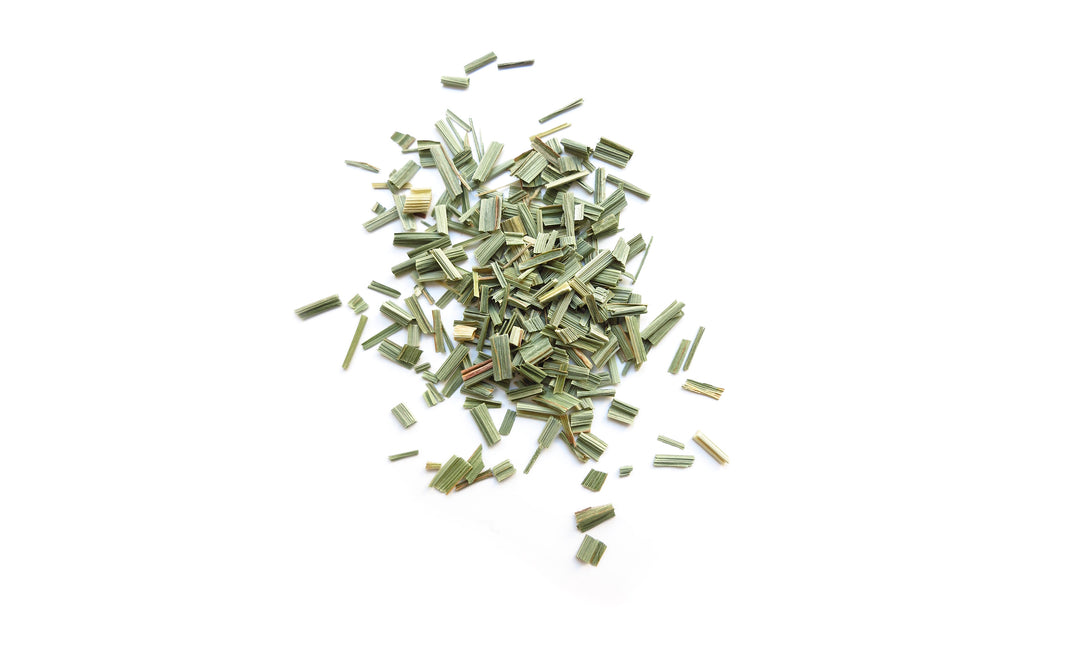A long journey started by Sri Lanka towards an international recognition which passes by a registration of the name Ceylon Tea in Europe as PGI or Protected Geographical Indication.
Sri Lanka is an island located in the southeast of India. Shaped like a drop of water, it was poetically nicknamed the "tear of India". Formerly named Ceylon during the British colonization, it was renamed Sri Lanka in 1972.
However, it retains the name Ceylon (or Ceylon) in the tea economy.
The mountainous south of the island has ideal agro-climatic conditions for tea cultivation and concentrates many terroirs whose taste differs according to the altitude, the exposure to monsoons and the specificities of each region.
The Protected Geographical Indication or PGI was historically created in 1992 by the European UnionThe Protected Geographical Indication or PGI was historically created in 1992 by the European Union to allow the recognition of terroirs or know-how in a more flexible way than the PDO (see article PDOs for rooibos and tea).
The PGI distinguishes products whose quality or reputation is related to a geographical area. For an agricultural or food product to be recognized as a PGI, only one stage of production, transformation or elaboration must be carried out in the geographical area from which it originates. It is thus more flexible than the PDO.
This project is supported by the Sri Lanka Tea Board (SLTB), the regulatory and administrative body of the Sri Lankan tea industry.
The SLTB has called upon a team of experts formed by CIRAD and validated by the SLTB, of which I am a member, to accompany them in the implementation of this registration.
Aware of the specificity of its tea and to protect itself from fraud, in 1999, the Sri Lanka Tea Board created a label to protect its tea named Ceylon Tea Symbol of Quality and symbolized by the lion holding a sword which is also found on the Sri Lankan flag. This label guarantees that 100% of the content of the package has been produced, manufactured and packaged in Sri Lanka. In 2012, the SLTB created 7 labels for 7 producing regions that you can find in my book Portraits of Teas: a journey in 40 producing countries through 4 portraits of Sri Lankan teas.
